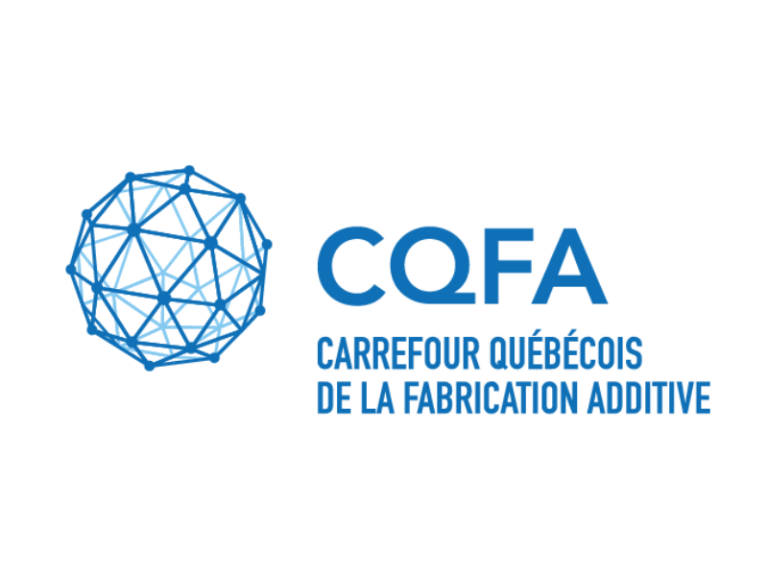
2024/05/22
Analysis of strain heterogeneity in additive manufactured Ti6Al4V cubic porous structures by experimental testing and finite element method
Paknezhad, M. (2024). Analysis of strain heterogeneity in additive manufactured Ti6Al4V cubic porous structures by experimental testing and finite element method. Thesis, Montréal, École de technologie supérieure.
The mechanical behavior, especially strain heterogeneity, of porous titanium biomaterials (Ti6Al-4V) was studied by using 2D digital image correlation technique (2D DIC). Three cubic samples with 75% porosity were fabricated using selective laser melting (SLM), which is based on laser powder bed fusion (LPBF) technique. They were tested under quasi-static compressive loading condition up to 1 mm displacement of machine crosshead. Along with 2D DIC method, contact extensometer was used to measure displacement more accurately. The apparent stressstrain graphs for three samples and three methods were obtained, and it was found that sample 2 has the lowest apparent elastic modulus while the longest linear region, which is in contrast for sample 1. The strain maps and histograms obtained by OpenDIC and ImageJ software demonstrated that strain distribution is not the same not only among three faces of each sample, but also in one specific face through three samples. This fact was analyzed by laser scanning confocal microscope for three faces of sample 3 (before and after test). Most importantly, advanced analysis of strain graphs for each floor encompassing only vertical struts helped to conclude that although each floor does not have the same strain behavior and peak strain value among three samples, floor 2 has the highest localized strain. Lastly, late deformation of one floor can be a potential sign of severe strain accumulation in few struts of that floor i.e. floor 2.